Havana, Cuba
June 21, 2023
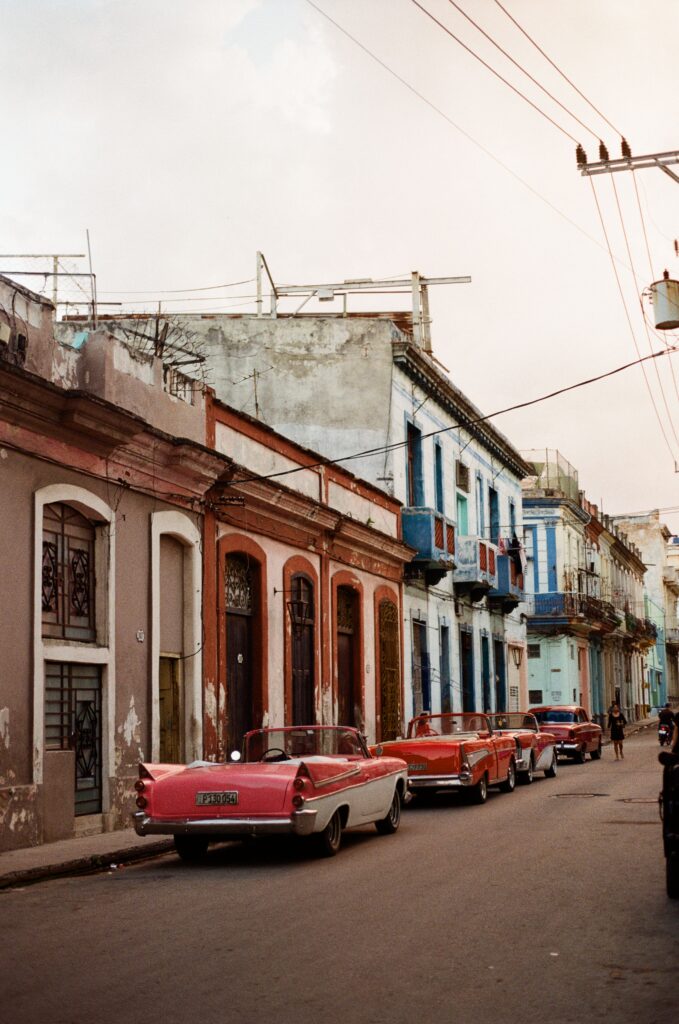
Cuba, Havana in particular, has been at the top of my bucket list for a long while. I even attempted to book flights to Havana for a few days (as you do) during a particularly waterlogged week on Bocas del Toro, Panama in 2018 before sadly realising that it was Thanksgiving and flying anywhere – particularly to Cuba – appeared to be prohibitively expensive. As such, my Cuban ambitions were shelved and I watched from (very very) afar as travel restrictions waxed and waned over the years that followed. When a wedding invitation arrived, beckoning us to Colombia, I pounced – this time I was going to Cuba, armed to the hilt with film (of course).
I’m sure there are many preconceived notions about Cuba: colour, old cars, and time-frozen streetscapes. My imaginings of the destination didn’t quite stretch to attempting to sleep on a Colombian airport floor before our 3:00am flight (who even allows flights to depart at that kind of time?) and frantically uploading work that I had to send on the airport wifi before I arrived in a country with little to no coverage.
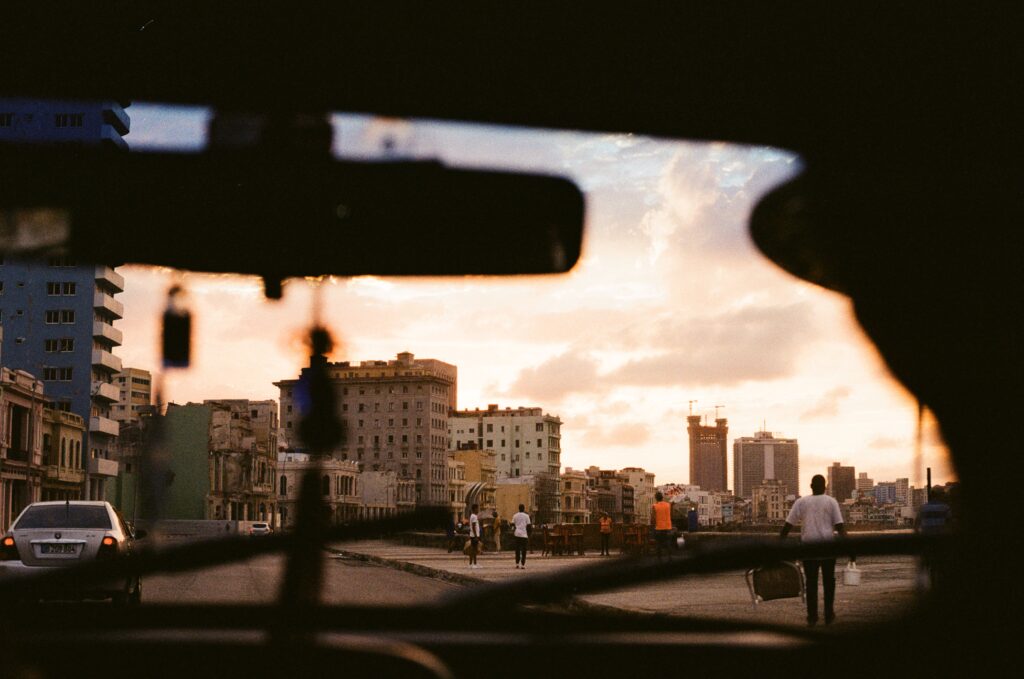

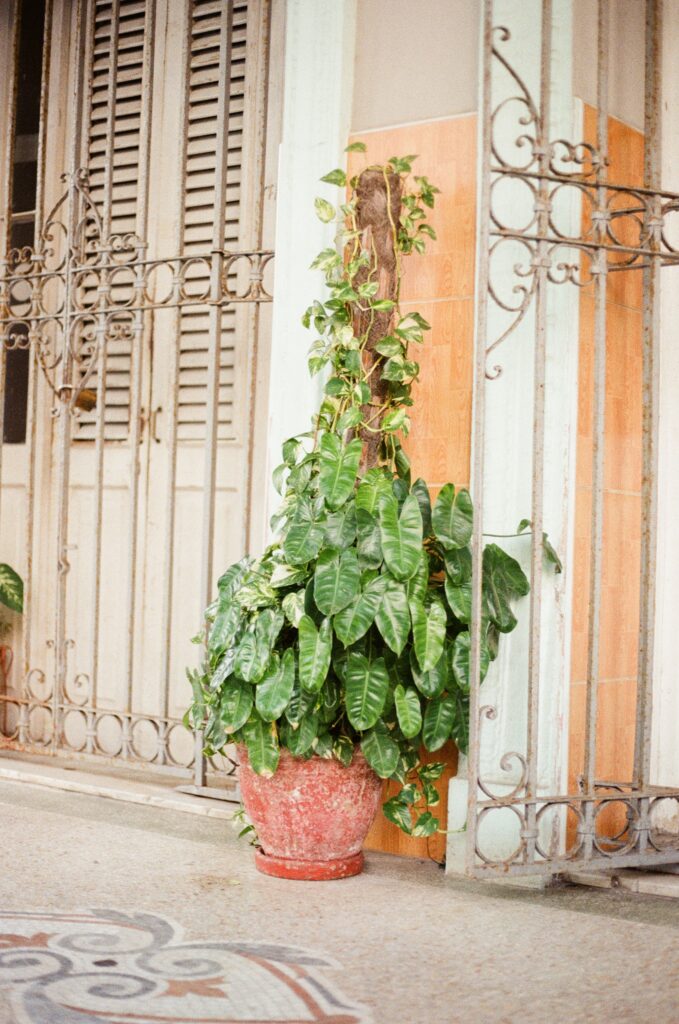
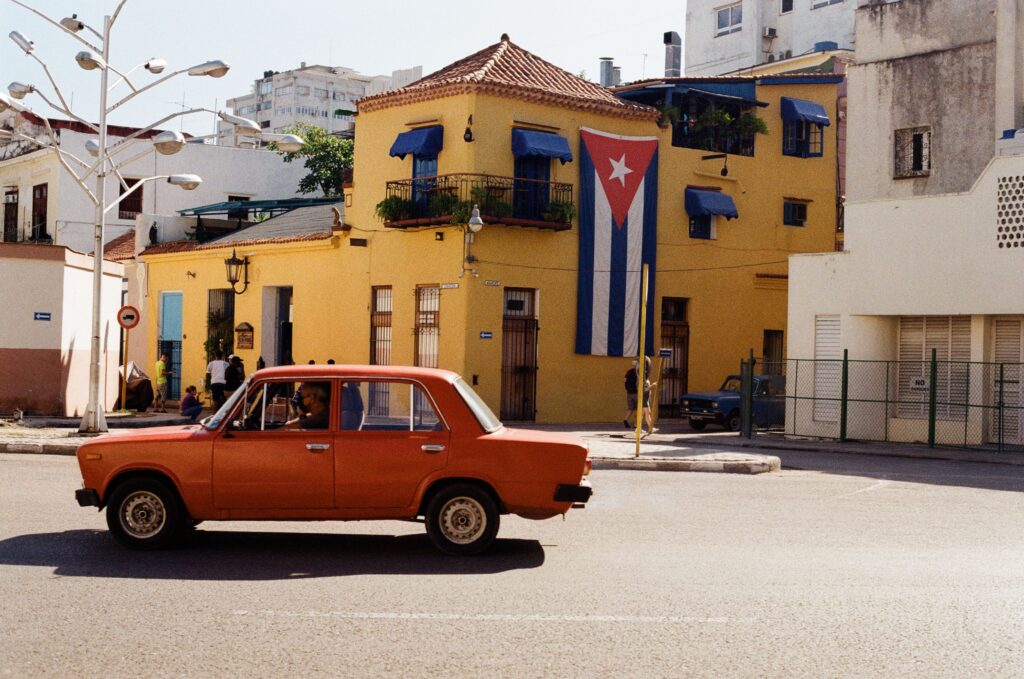

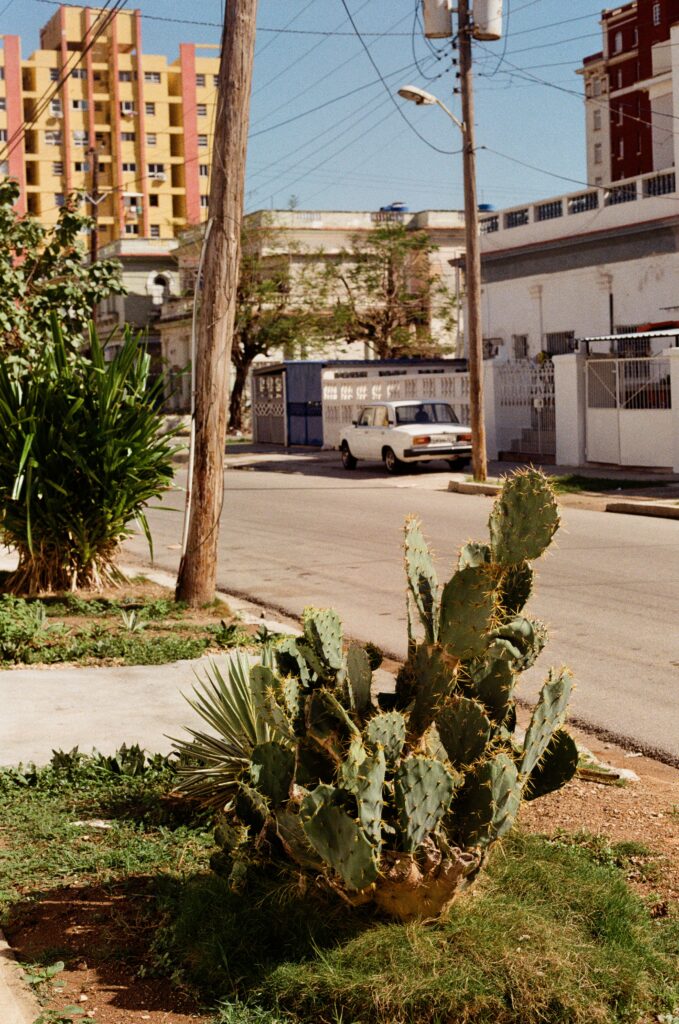
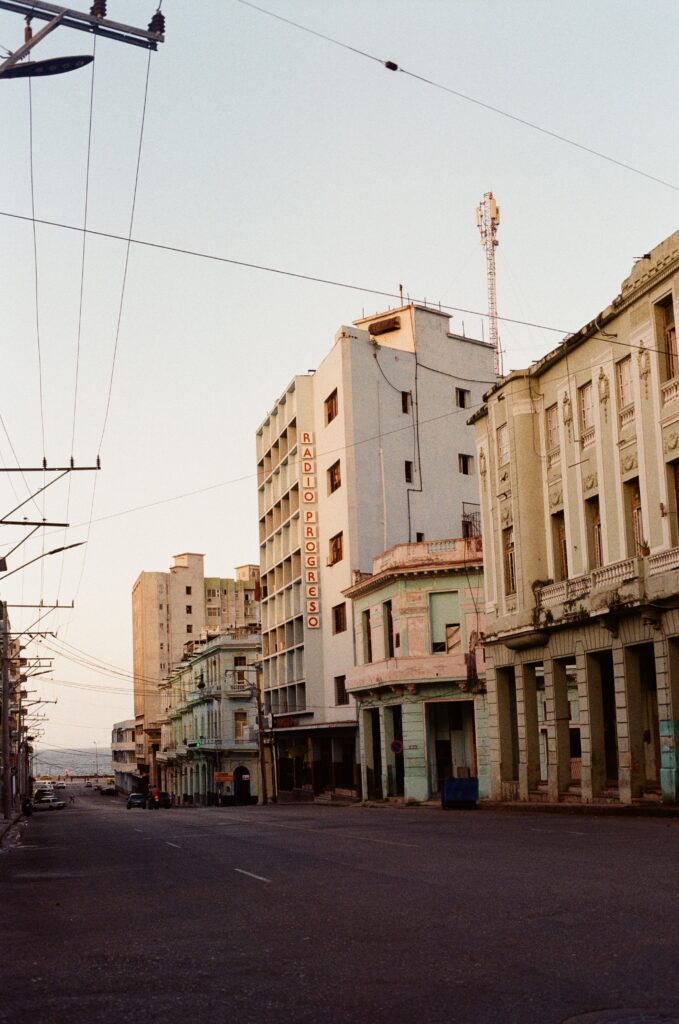

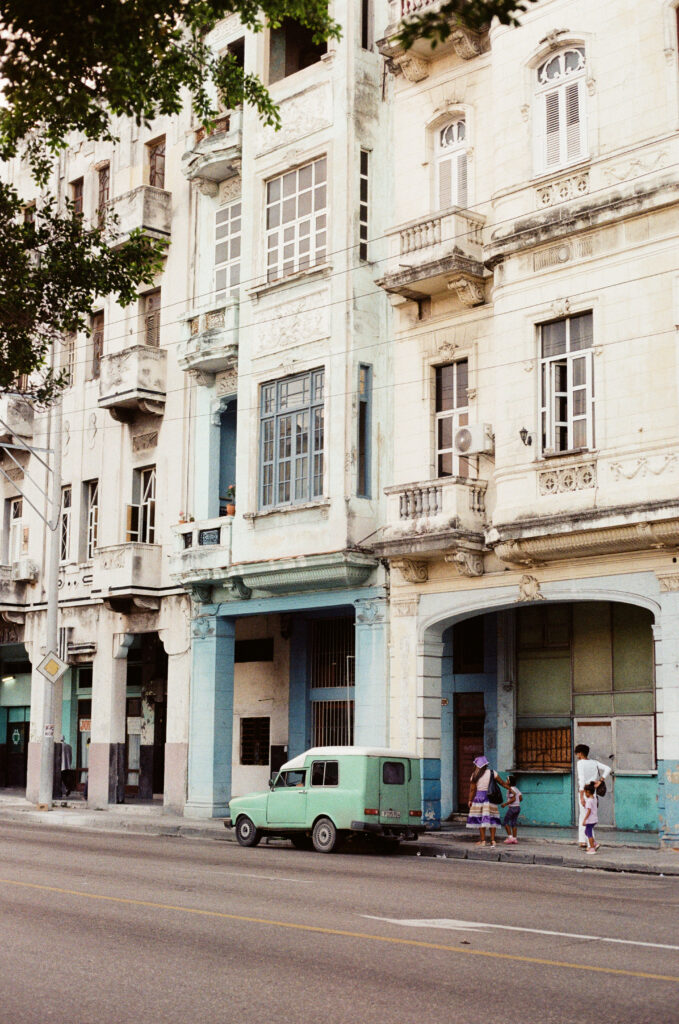
As they say, good things come to those who wait four years, fly across the world and sleep on linoleum. When I stepped off the (ill-scheduled) flight and out onto the street, all of my anticipation was immediately justified. A carpark full of old cars and dotted with palm trees lay out before us, followed by a jaw-dropping kaleidoscope of colour and sense of overwhelming disbelief during the drive to our accommodation.
January is dry season, and as such, the days were sun-drenched, the sky was cloudless and the breeze warm. There are a myriad of accommodation options and a few different ‘suburbs’ you can stay in Havana, and in an attempt to better ration our money due to the lack of ATM access in the country, we pre-booked via Airbnb. If you plan on doing this, be aware that many websites are blocked upon arrival, including Airbnb – so pre-book and download the information that you need prior to arrival.

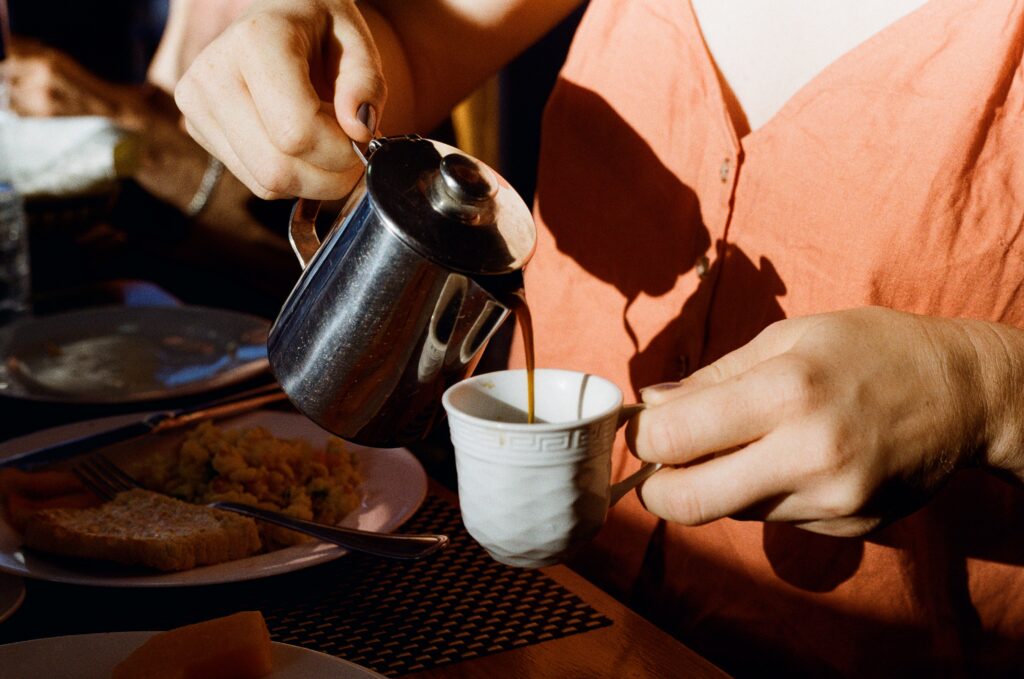

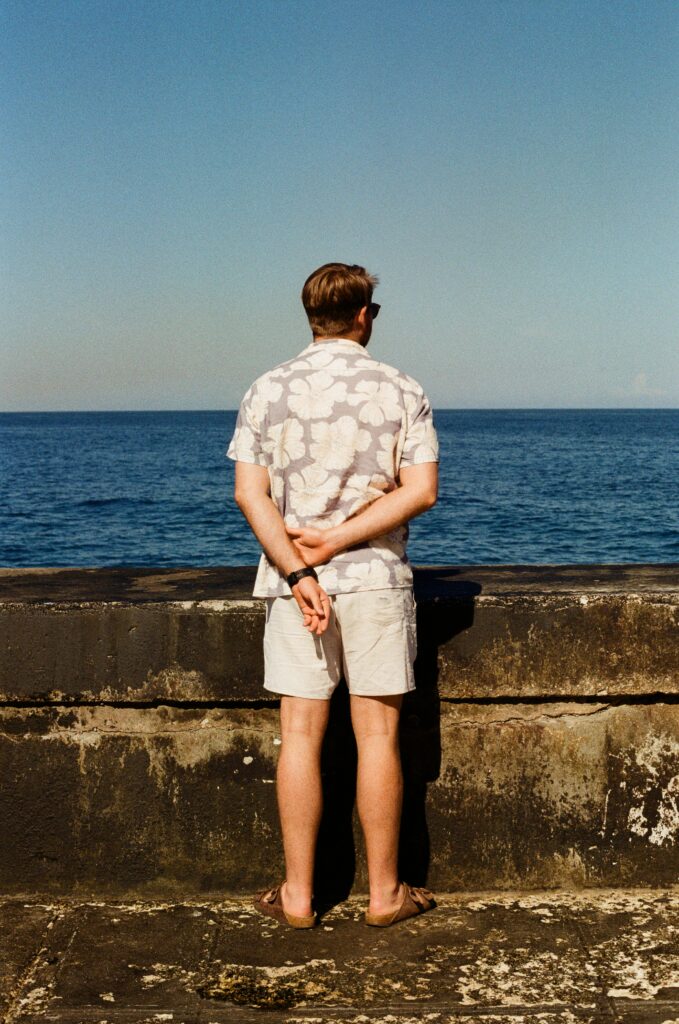
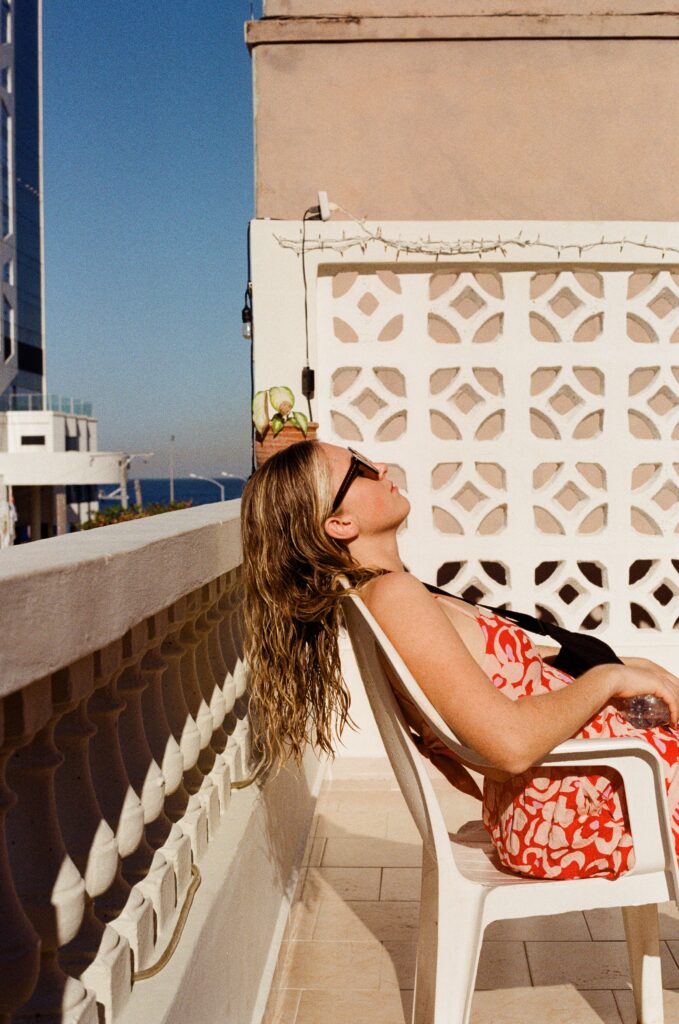
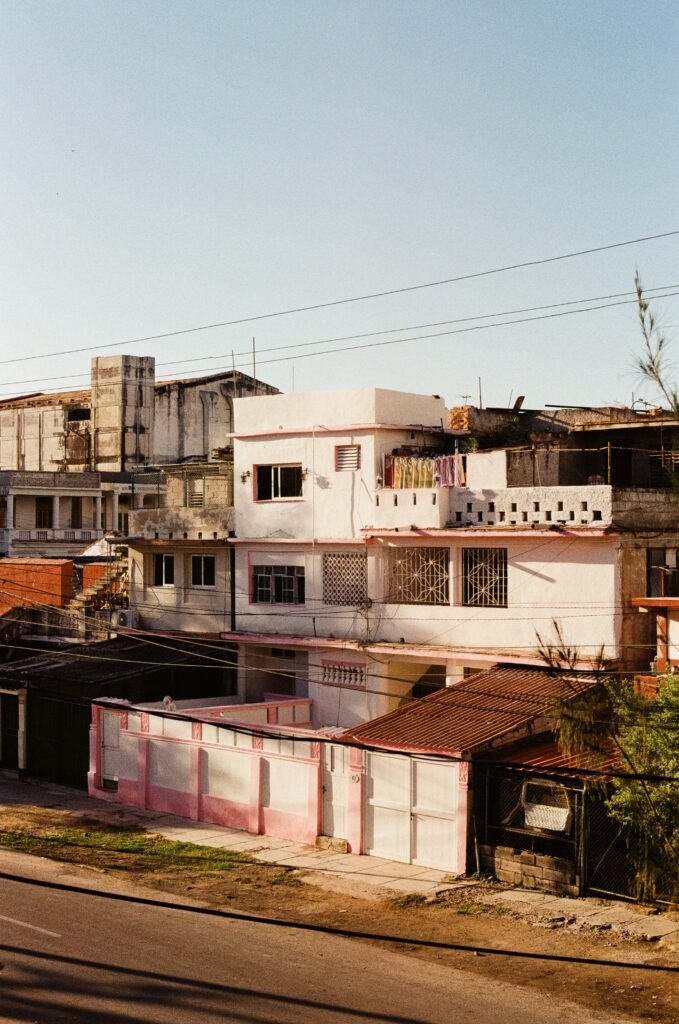
Our lodgings in the seaside area of Malecon were modern, comfortable (luxurious by Cuban standards), boasted a rooftop with excellent people watching down the street, and ocean glimpses. We spent New Years Eve in the city and our hosts held a party on the rooftop, cooking up a veritable feast of meat, rice, beans and yucca before we imbibed more than a touch of rum to celebrate the occasion. There is nowhere I’d have rathered to see in the new year than sitting on the rooftop, munching on chicharron cooked by Duny while the salty sea breeze did its best to work against the humidity and an ice-cold lager cooled us down, while the adventurous among us sampled the inescapable cigars. I’d definitely recommend staying there – here’s the link.
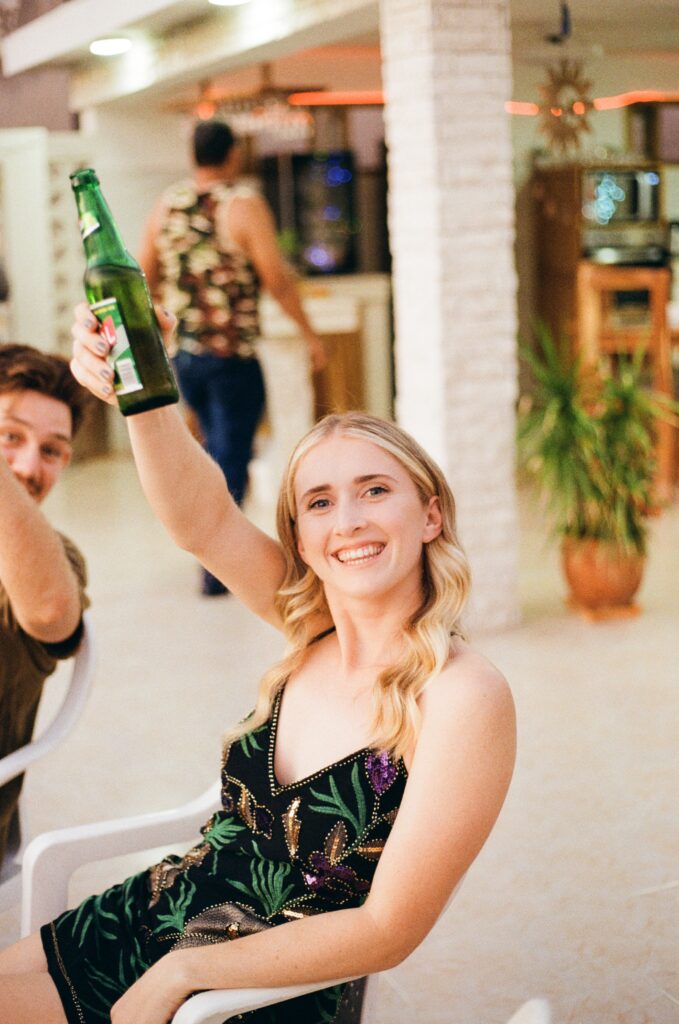
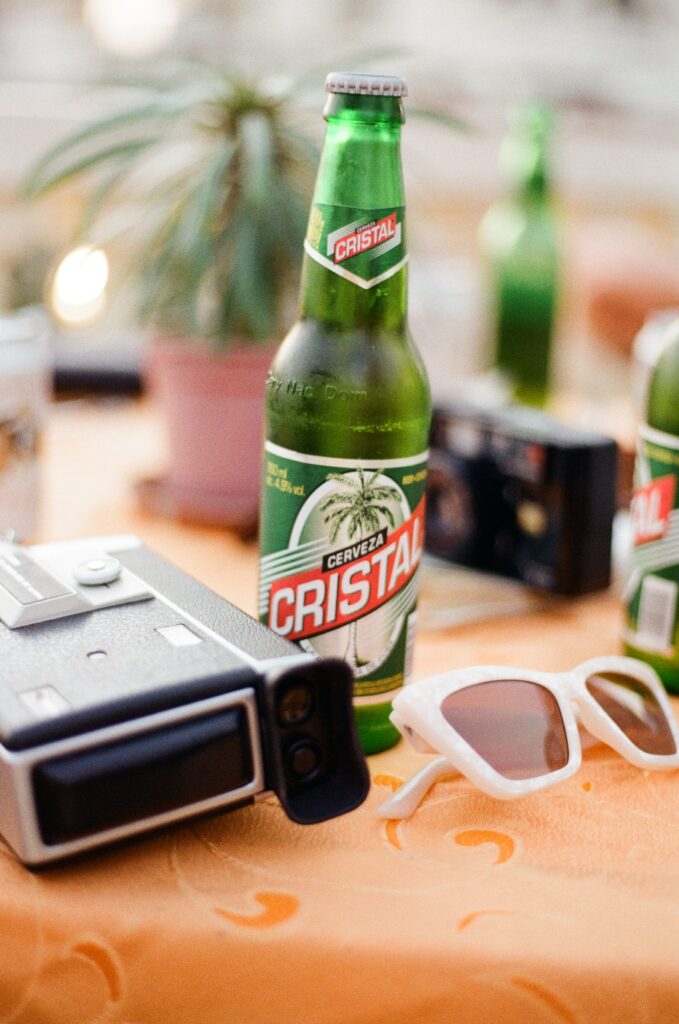
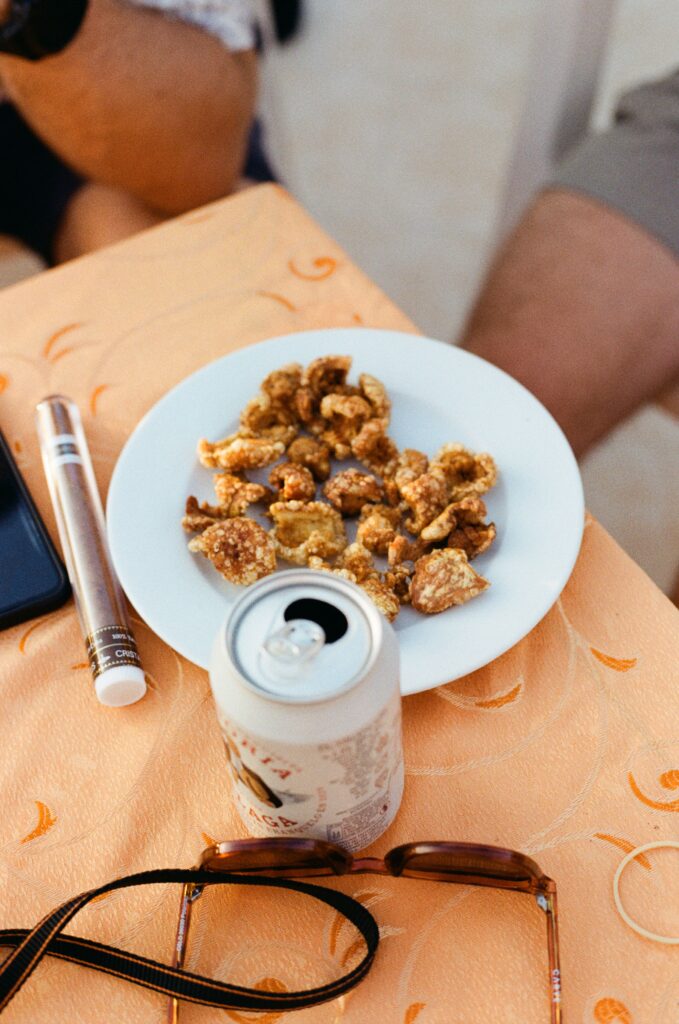

The second Airbnb we stayed in, after venturing to Trinidad (more on that trip in a later post), was in an incredible location in terms of being among the action, but lesser so in terms of actually meeting and hanging out with the locals. A grand old terrace apartment overlooking a central square, with high ceilings and restaurants on the doorstep, it was perfect for just a couple of days at the end of our trip. You can find it here.
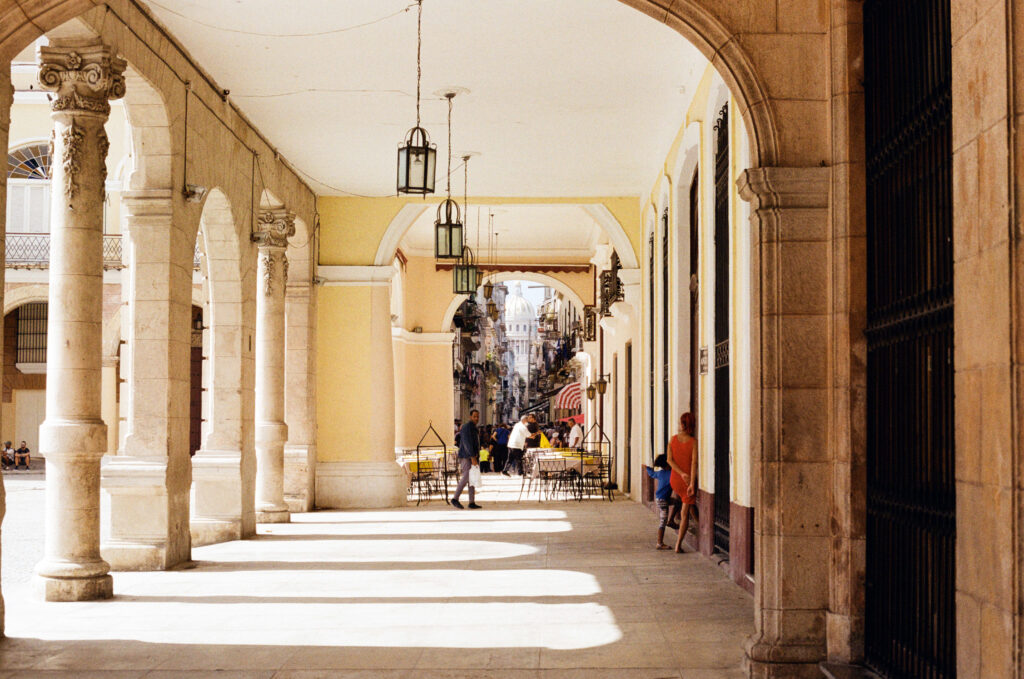



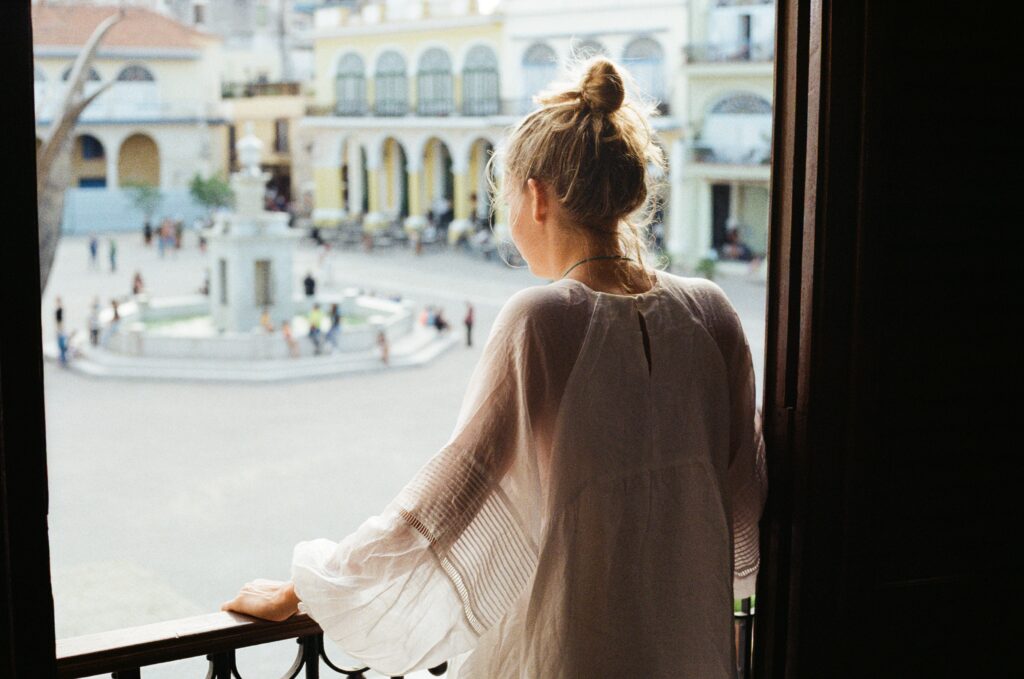
Rum, as some may expect, became a theme. Mojitos in the shadow of one of the country’s most famous hotels (with a mafia past, along with being a host of a shootout during the revolution), Pina coladas by azure ocean, daiquiris in a heaving bar while mariachi band serenades throngs of tourists and locals alike – I could go on. Expect to pay anywhere from $1.50 to $7.50 (considered an extortionate price, in the busiest tourist spots) for your cocktail.
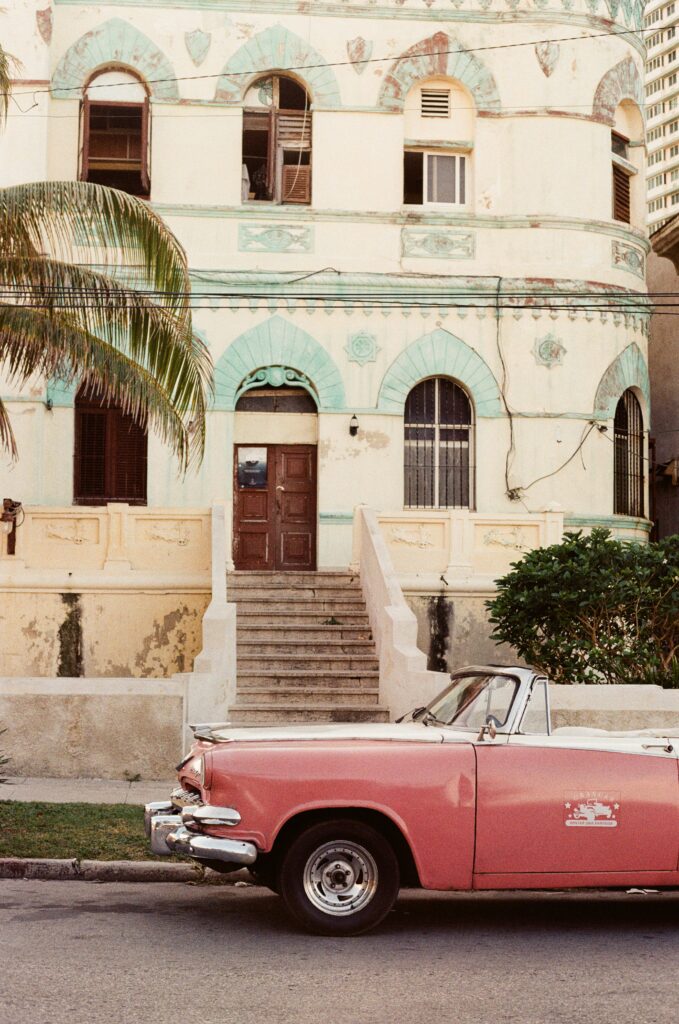
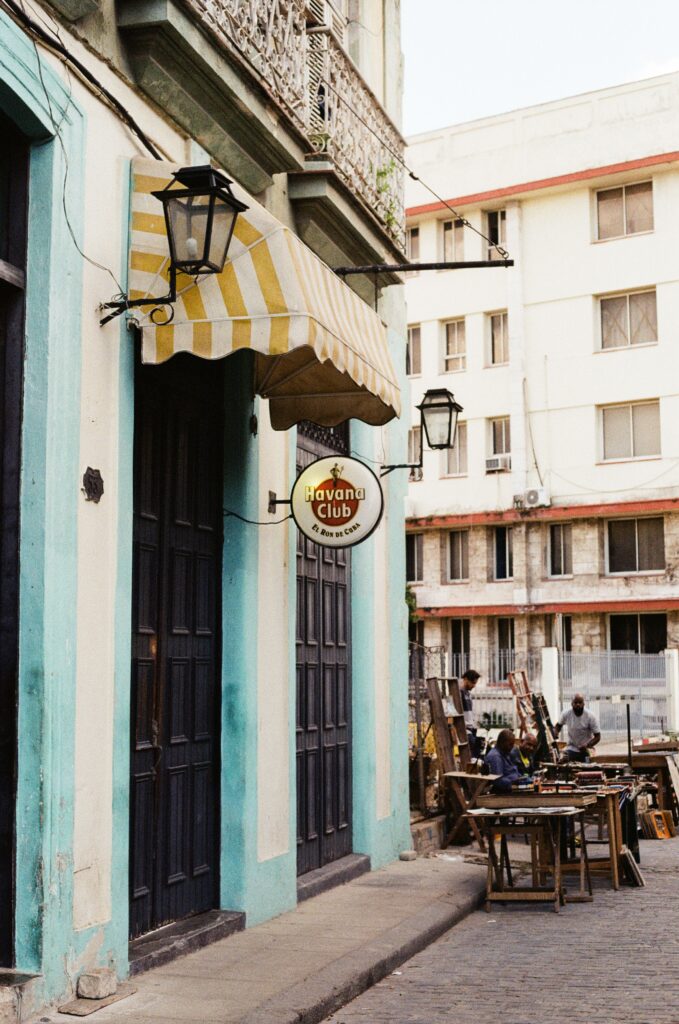
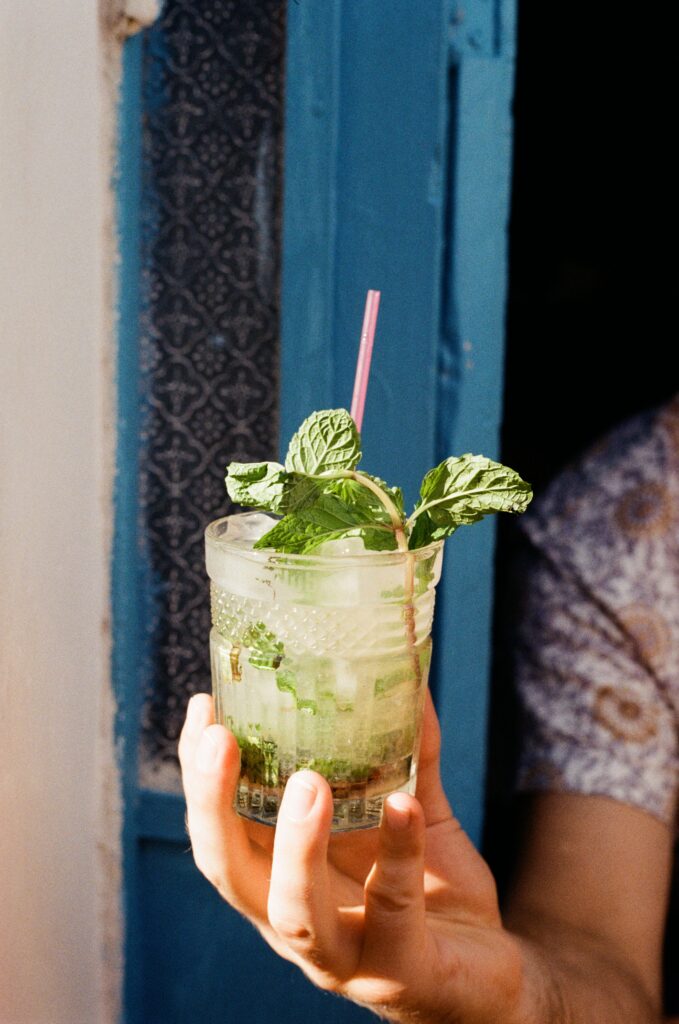
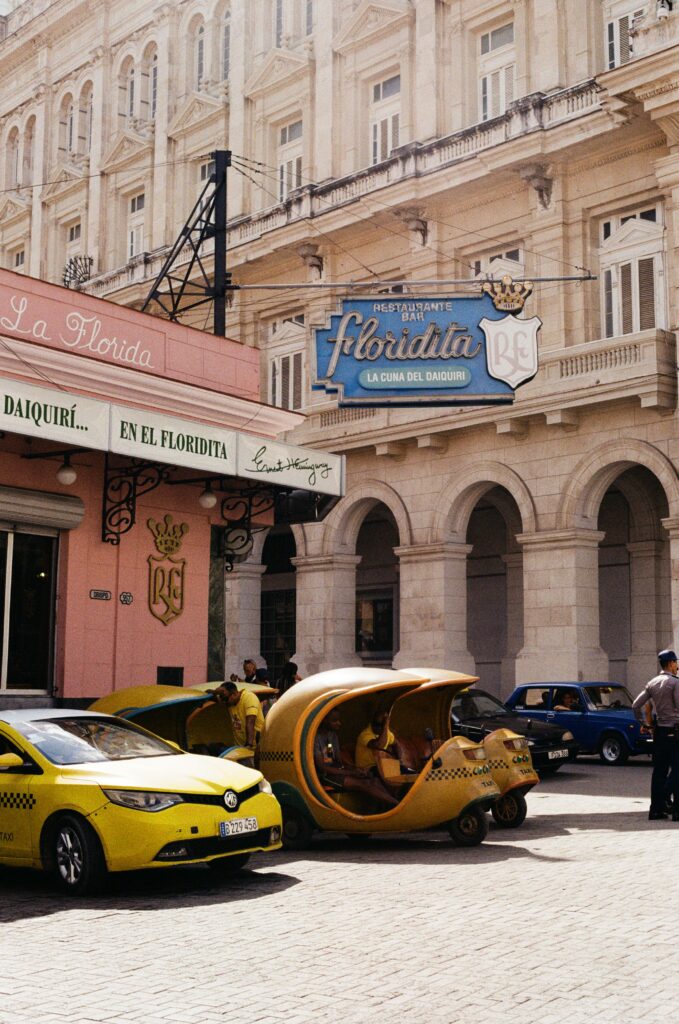
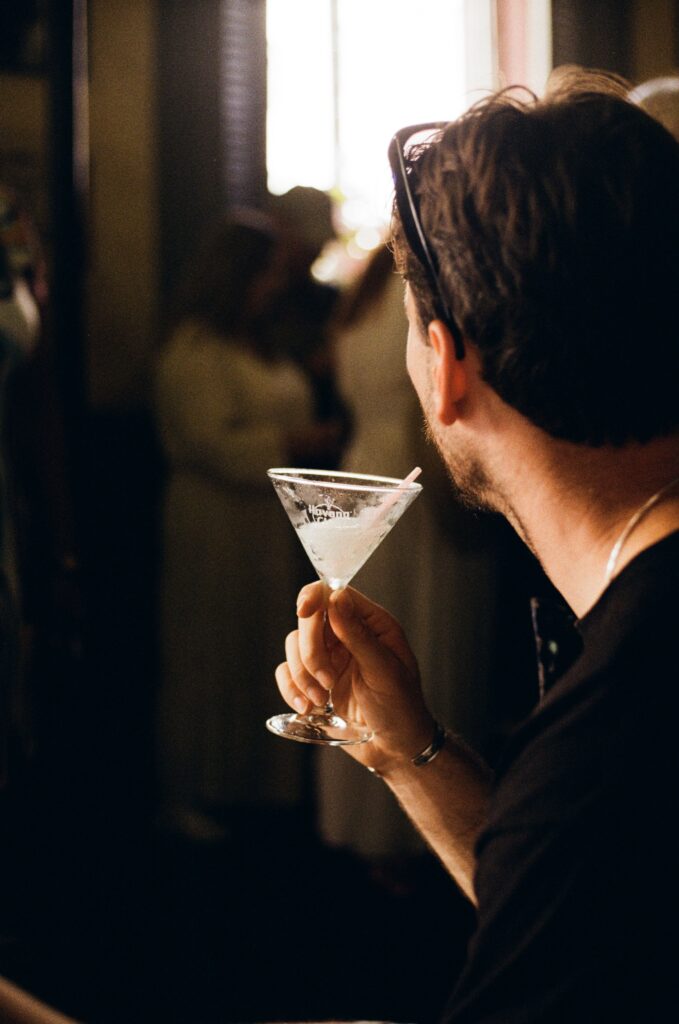
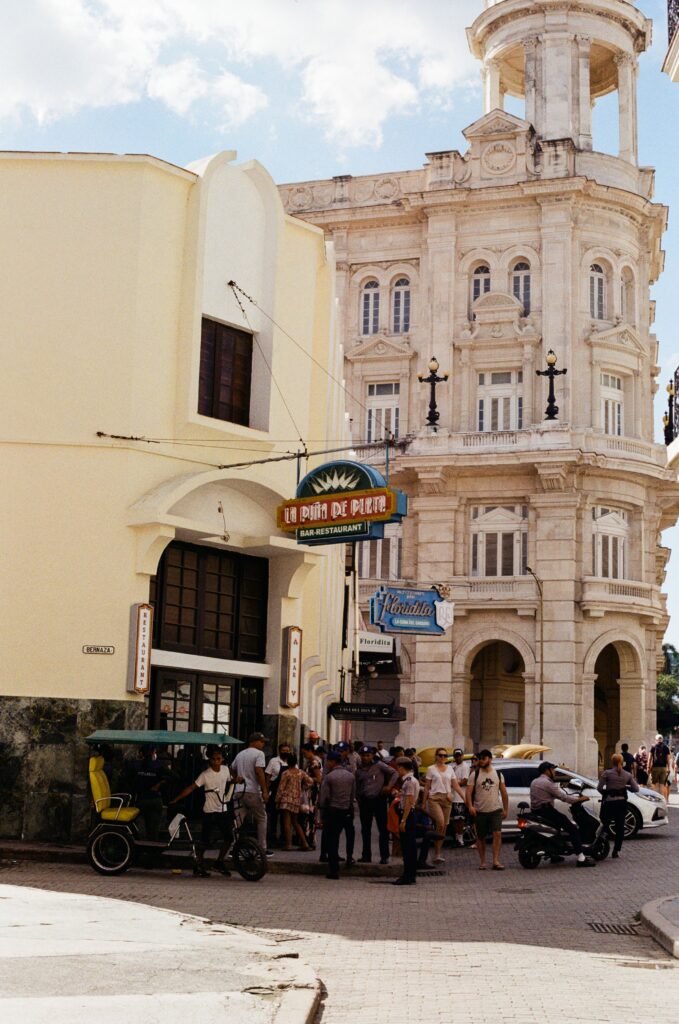
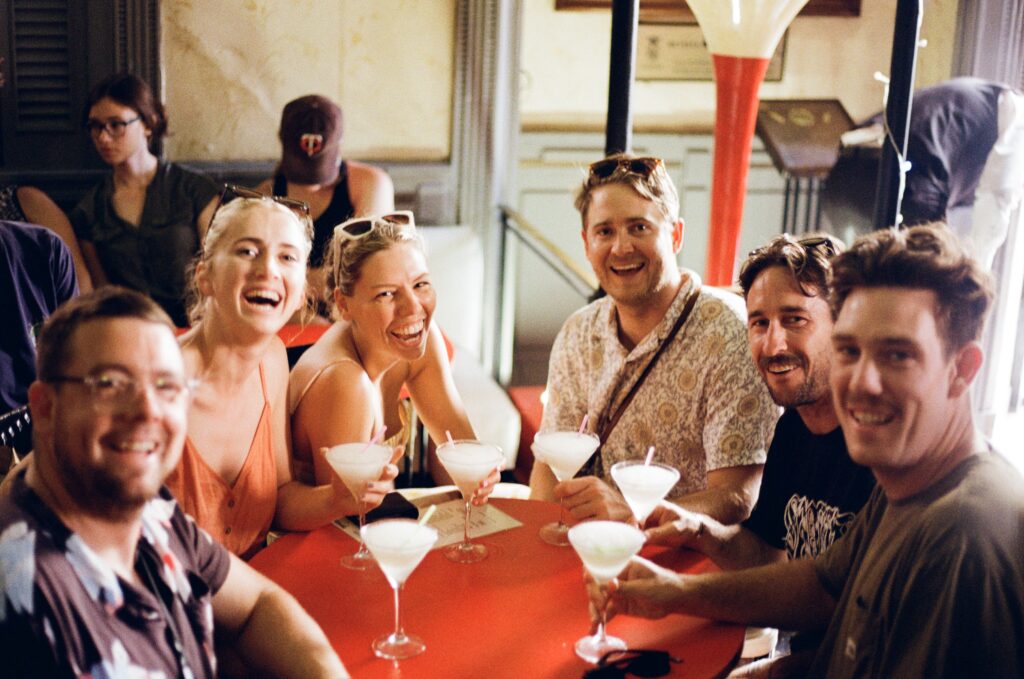
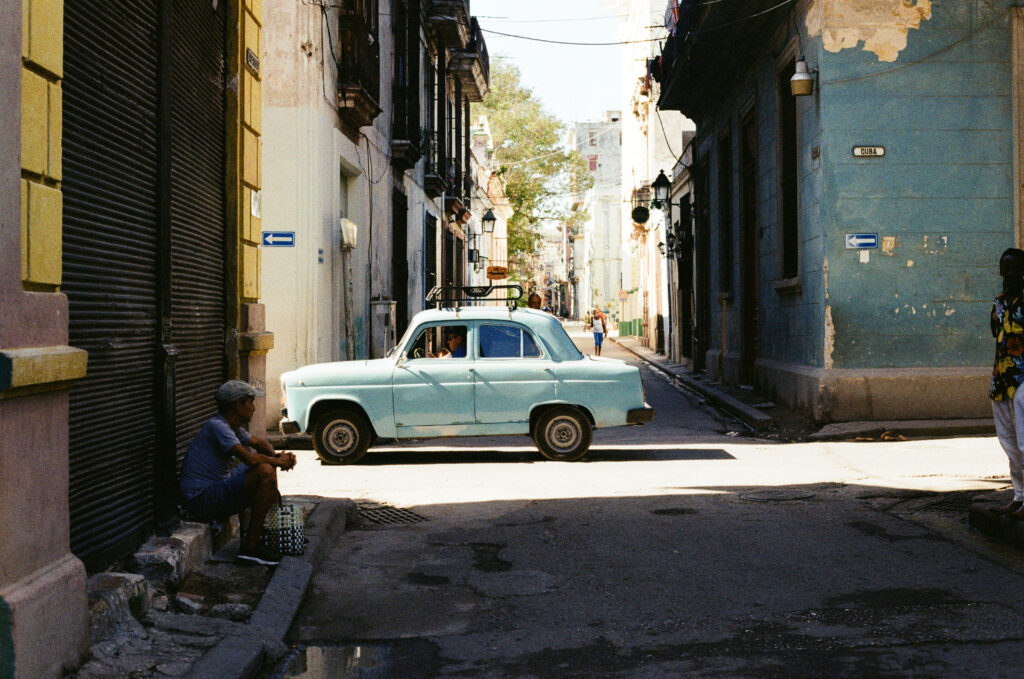
Although rum was to be expected, multiple sources of research had pegged Cuban cuisine as ’not particularly exciting’ such as it had been stunted by socialism over the years. However, if you like tropical fruit-laden breakfasts, strong, sweet coffee, $2 ham and cheese sandwiches, and slow-cooked beef with simple rice and beans – you’re in the right place. And we absolutely were. Venturing too far from this repertoire is likely to leave you underwhelmed (for example, I arrived a flat white woman – in more ways than one – and left an espresso drinker, due to the powdered milk situation), but nobody comes to Cuba for the pizza. We ate well and often, and appreciated the food that our hosts had quite likely lined up to source for us.

On that note – I was personally conflicted prior to travelling to the country, obviously reluctant to support an oppressive regime. Debate online is fierce in respect of the responsibility of travel to the country, for good reason. However, tourism is one lifeline for the local people, and that shows in the warm welcome that we were greeted with. Every person that we spoke to (particularly when they discovered we were Australian) was welcoming and keen to chat, and stoked to have visitors to their country. Choosing to eat breakfast at the place you stay can also allow ‘Casa Particulars’ to earn further money, so we gratefully accepted each morning.
We spent most of our days in Havana wandering the streets from Malecon to Old Havana, we visited the fort overlooking the bay, and spent New Years morning taking a tour of the city via old car – an undeniably touristy activity that was actually so much fun. Between wandering the sprawling streets, discovering grand squares and frequent mojito stops at hole-in-the-wall bars, the days in Havana slipped by more quickly than we expected. I’m not sure if you’d ever stop discovering things in Cuba, there’s just so much to see, so many very passionate and patriotic locals to meet, and so much unfolding around every corner.
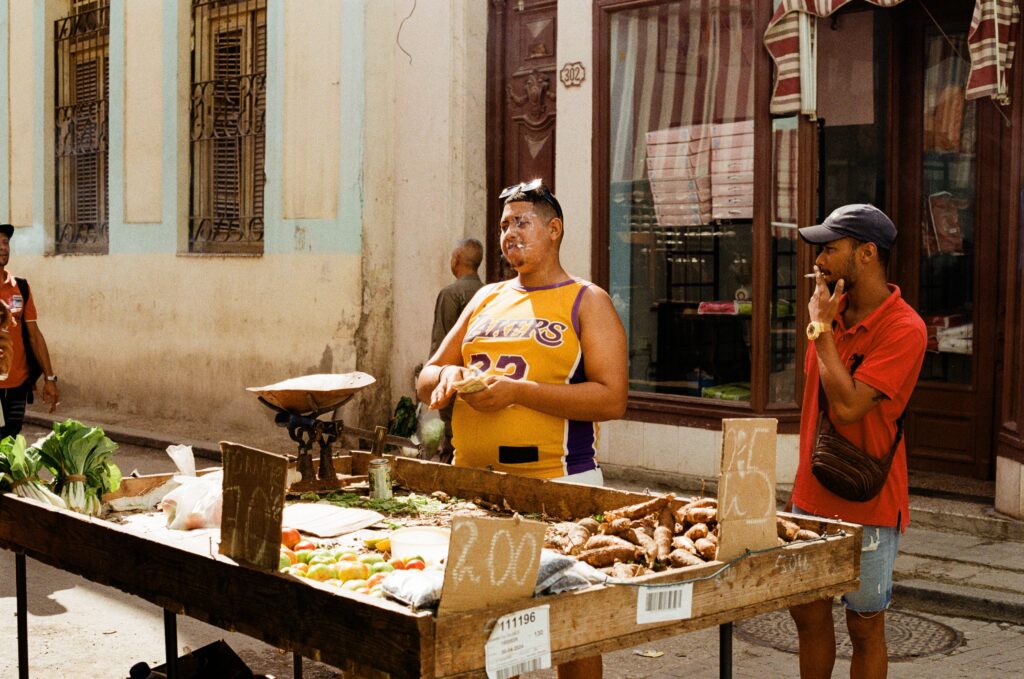
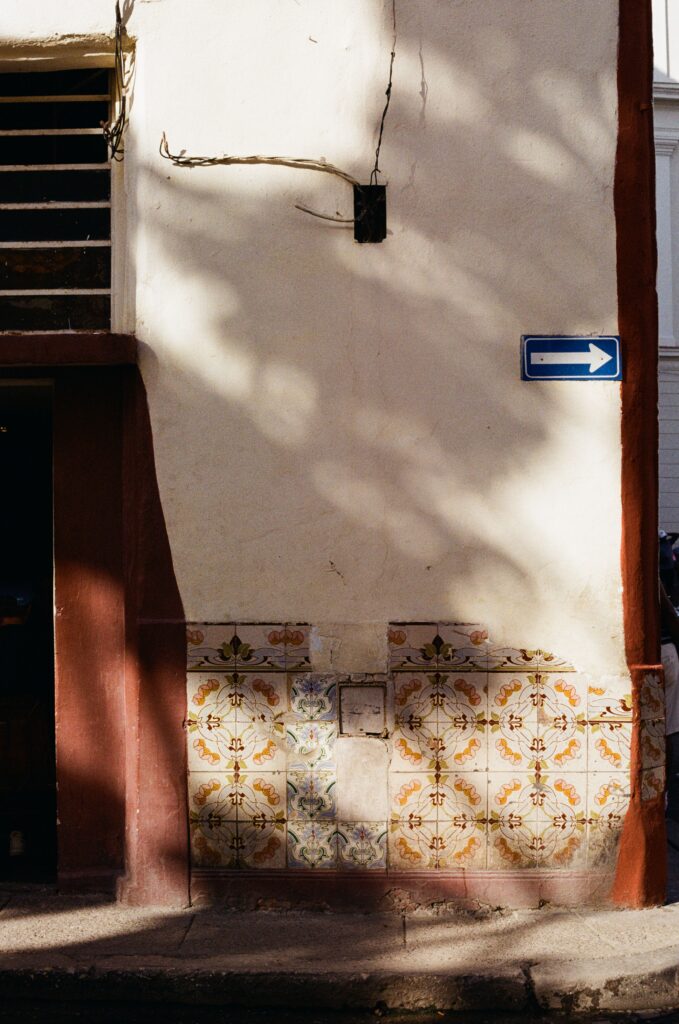
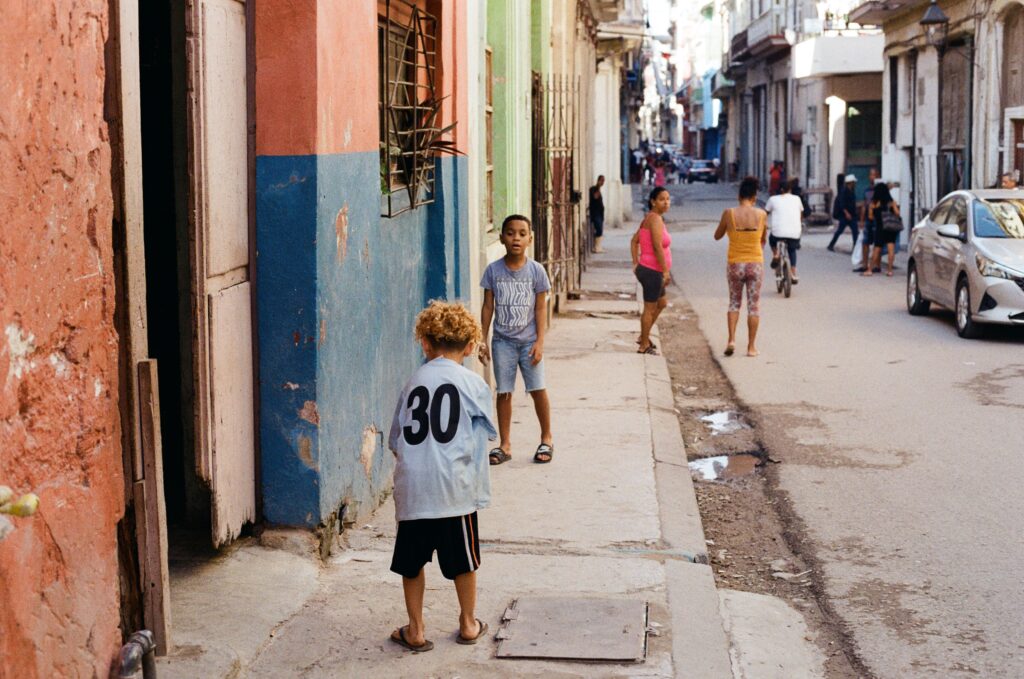
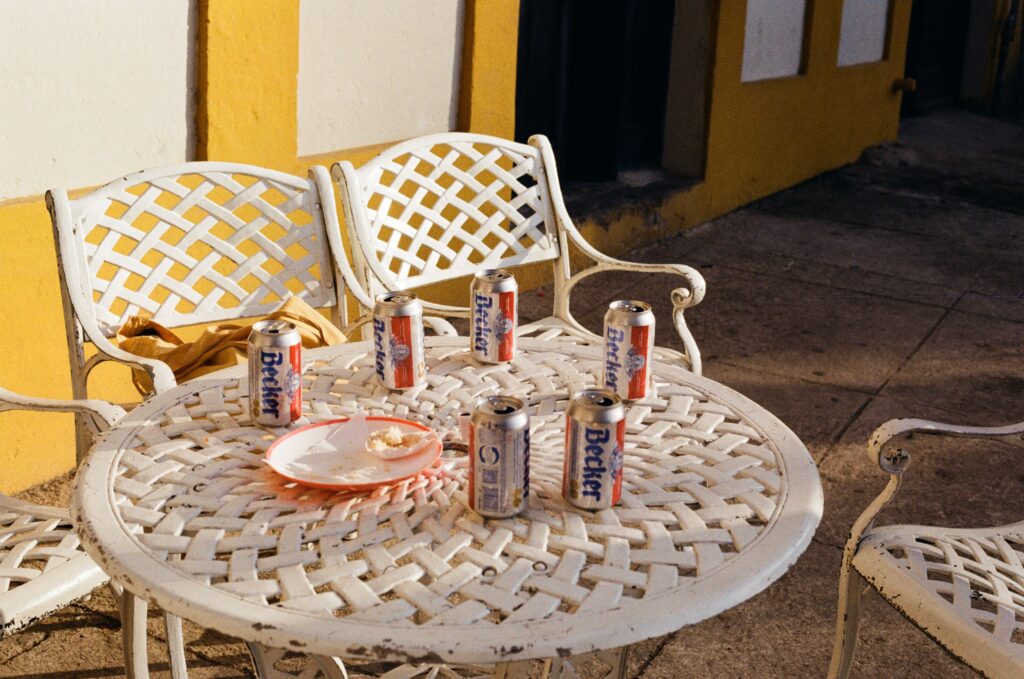
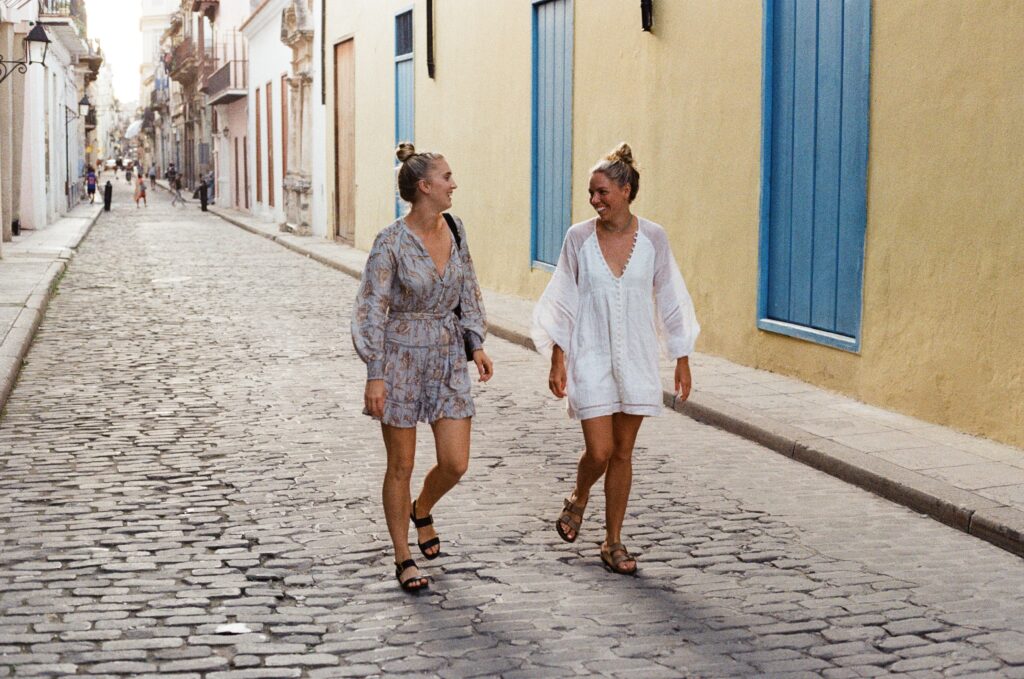

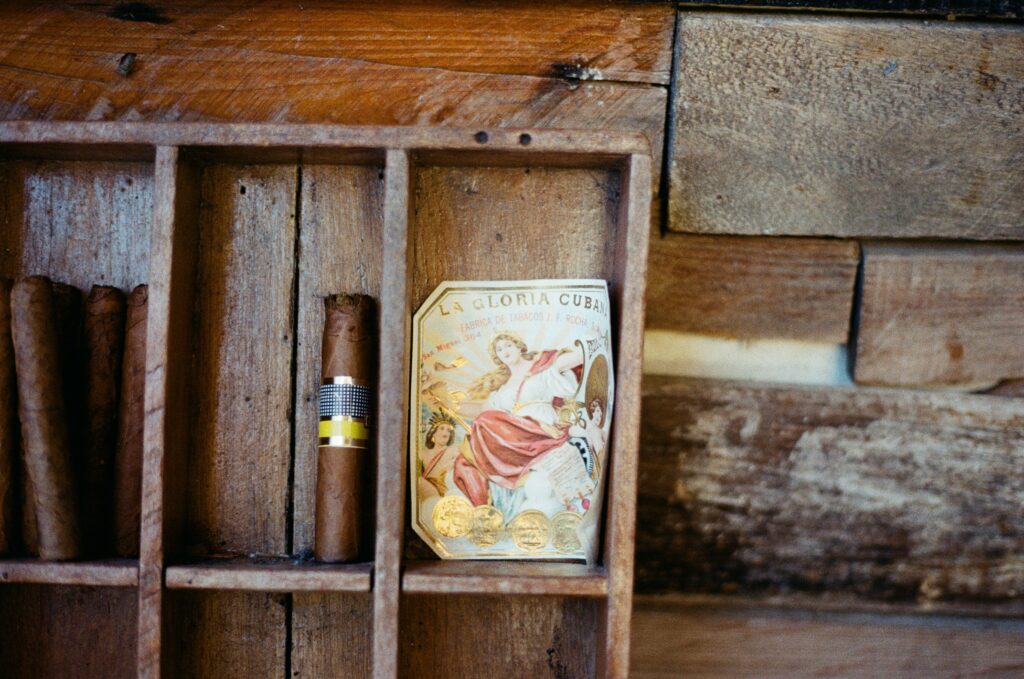
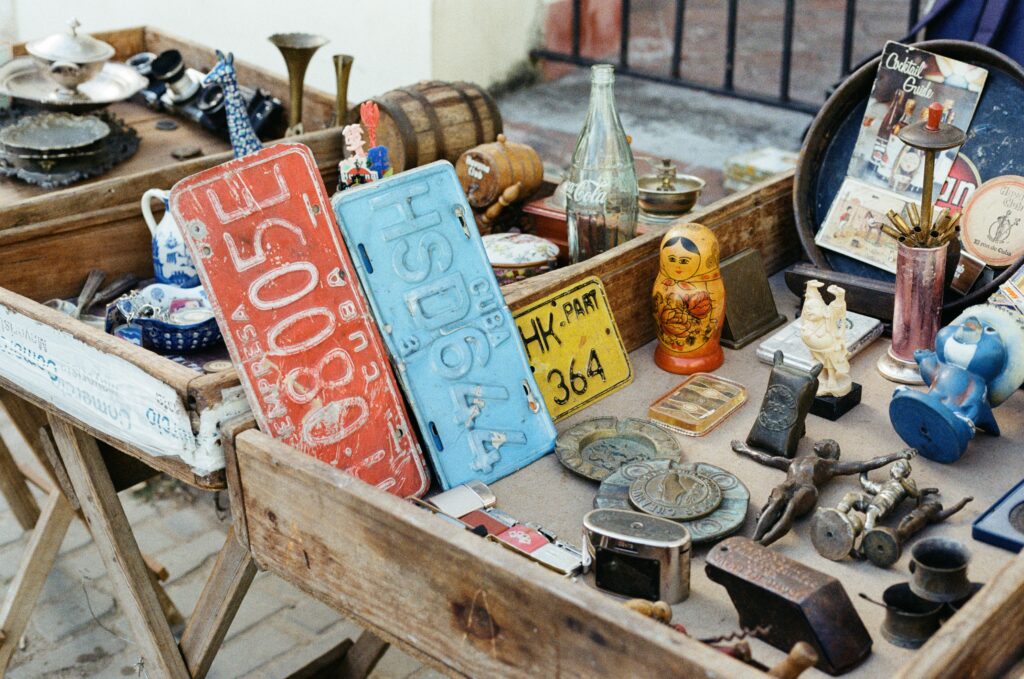
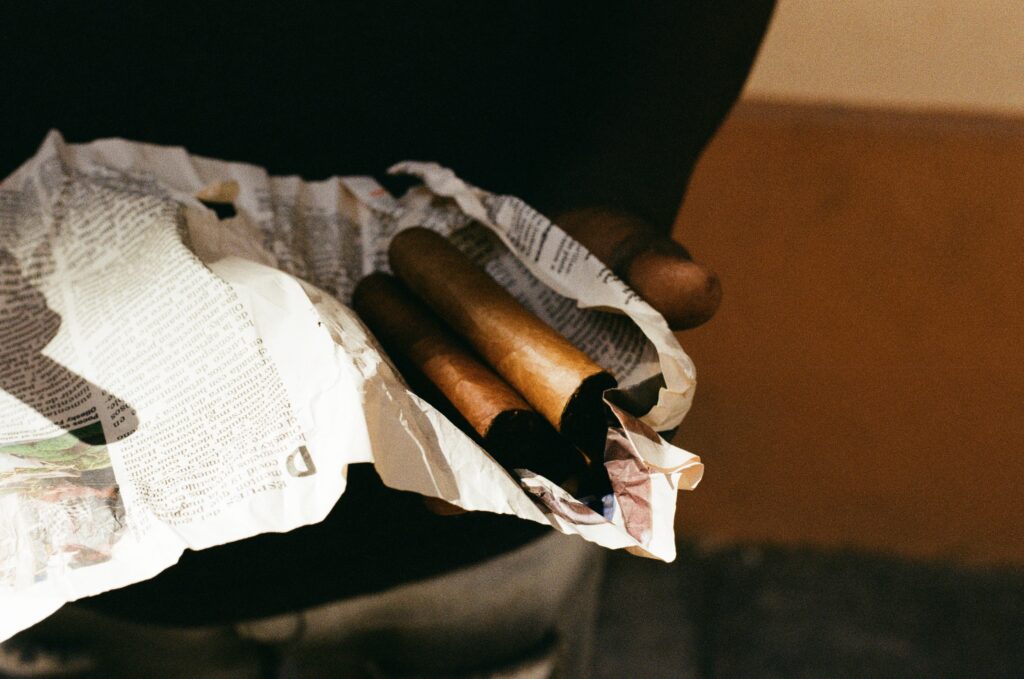
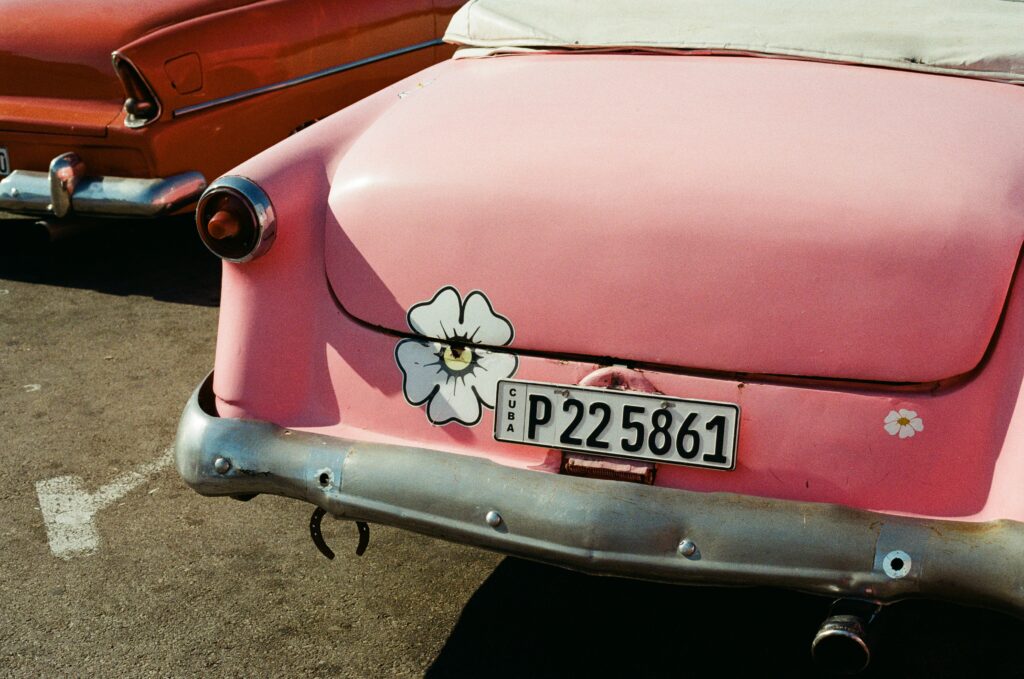

PLEASE COMMENT BELOW